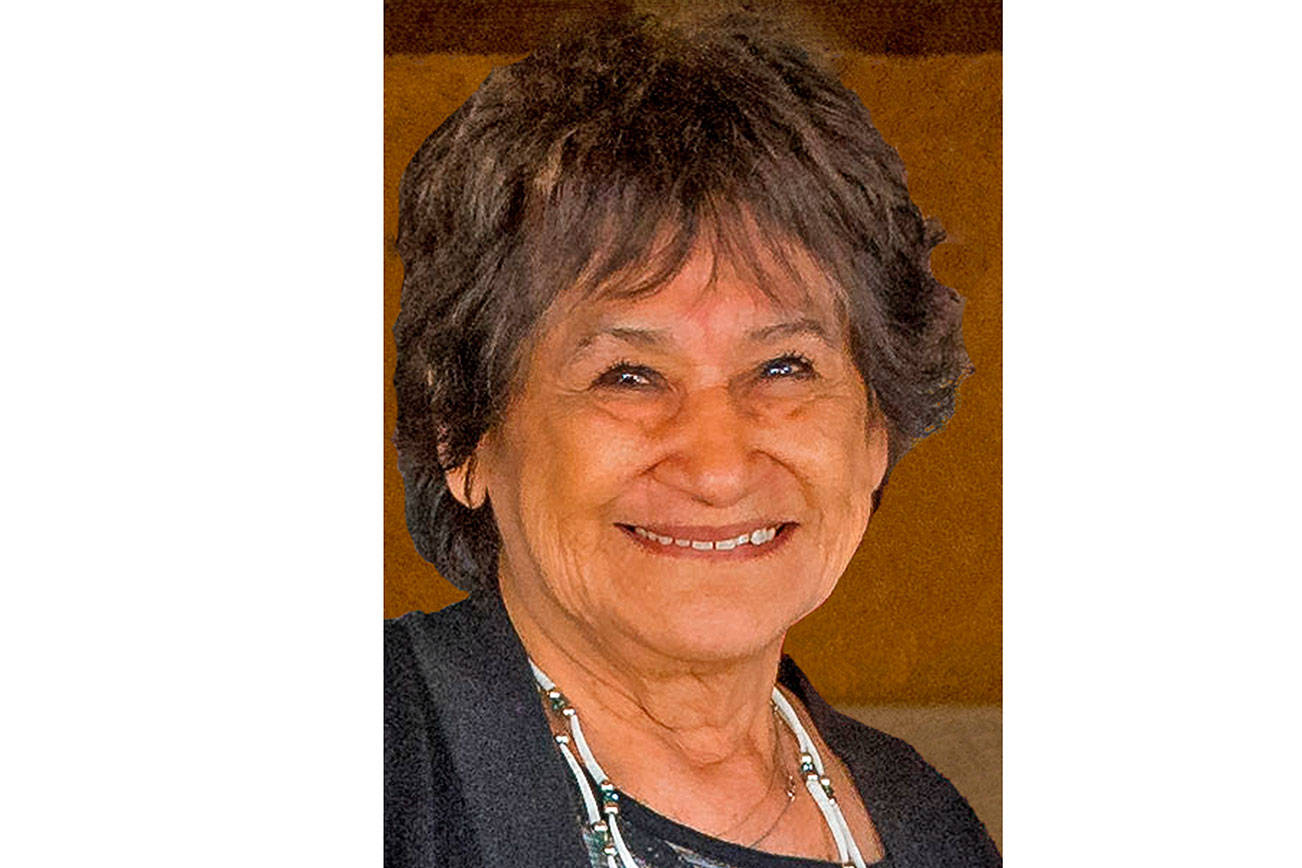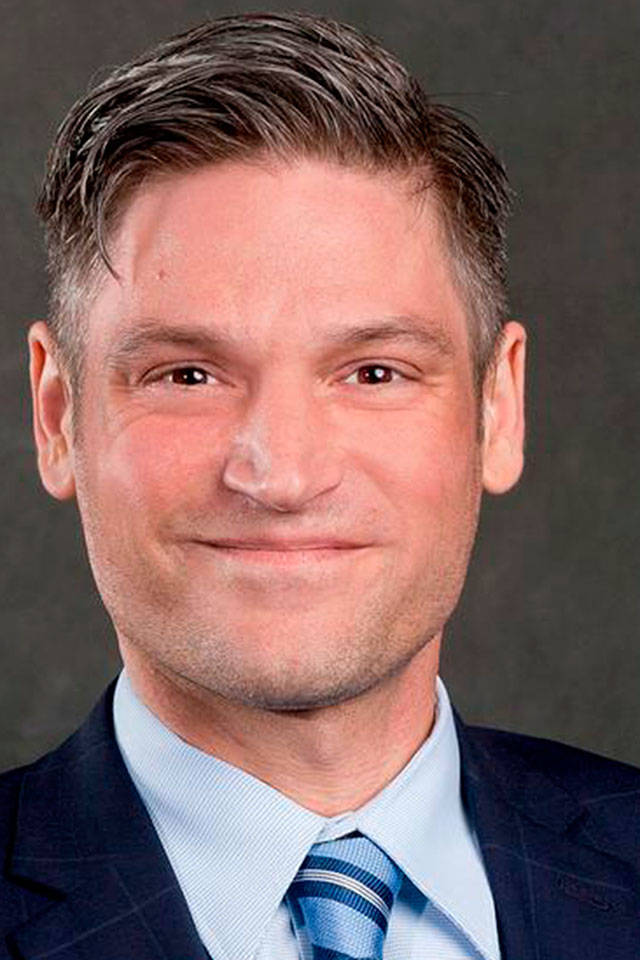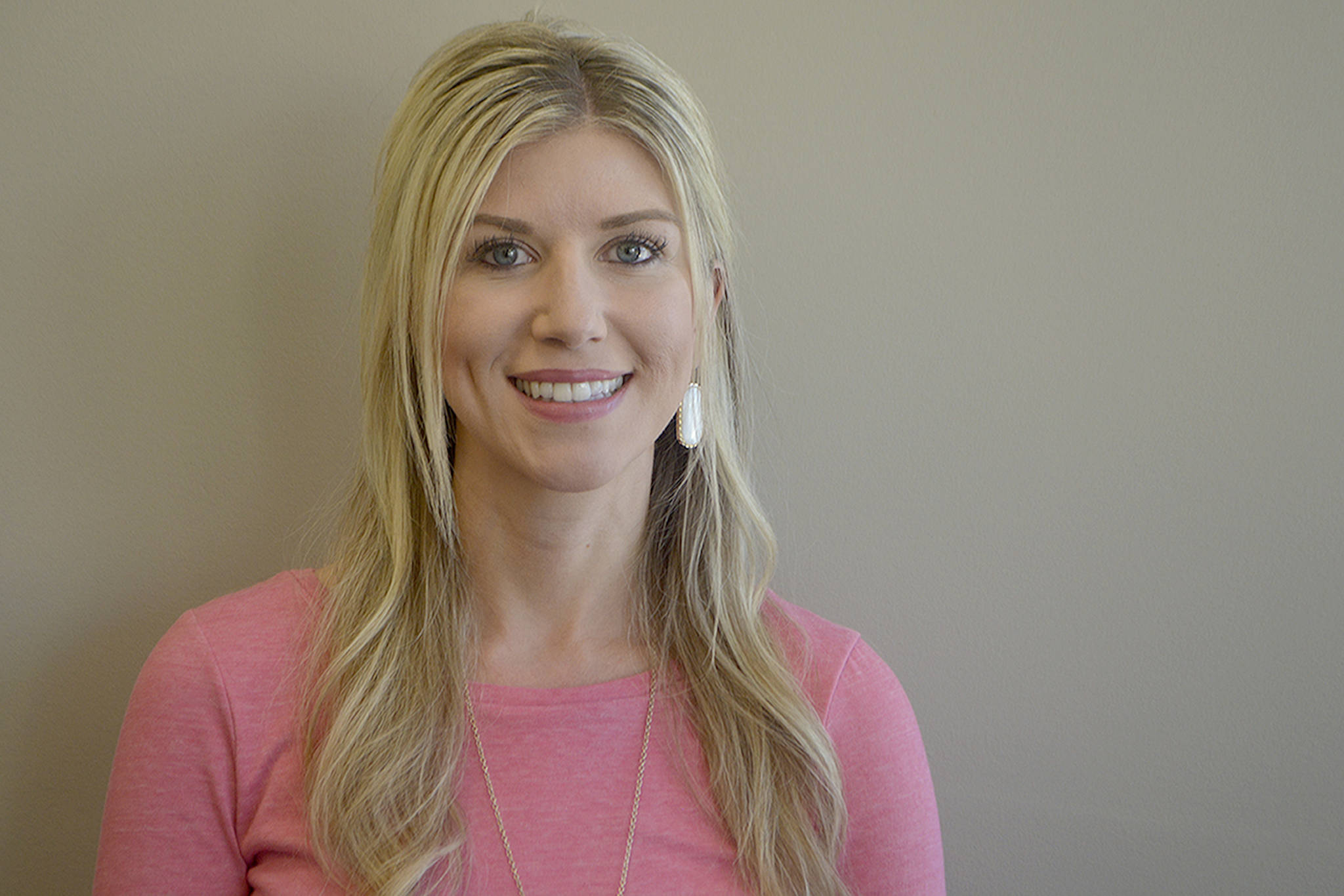Last month, I wrote about the significant economic and social returns that come from investing in people with developmental disabilities. As the state grapples with thorny decisions about budget cuts, this concept of investment is even more timely. Local government agencies that meet the needs of people with disabilities will undoubtedly be affected, and the nonprofits they fund will rely more heavily on investments from individuals in the community to maintain services.
There are many reasons to invest. I encourage you to think of investment as leveling the playing field. If there’s a gap between what it takes for a person with a disability to do the same job as someone without a disability, an investment can fill that gap.
It can mean building assistive technology so someone can put a key ring on a whistle (which you might’ve read about in Mike Quinn’s column two months ago) or it might mean one-on-one coaching for someone who does a fantastic job of maintaining the grounds of a building but has trouble remembering all of their tasks. Once that gap is filled, the productivity skyrockets — and both the person and the employer benefit.
For children, filling the gap might mean speech or motor therapy. So the world opens up for a boy who once couldn’t express himself and now, through hard work and phenomenal will, tells his motherhe wants some milk. Or for a child who was previously unable to run on the playground with her peers and now sets the pace for the whole class. These are just a few of the countless examples of how investment changes the lifetime trajectory of kids with developmental delays and disabilities.
We’ve covered the why of investing, which brings us to the question of who should invest … Should government agencies be responsible for making these successes possible? Or nonprofit organizations? Or communities,or individuals? The answer is, all of the above, because the only way to get this done is through an investment from all of us. Everyone is working harder than ever, so our success can only be as great as our ability to collaborate.
Finally, what is the payoff for your investment in community organizations? Any carefully considered investment in people has an immediate return in its affirmation of human dignity. Additionally, investing in services that educate, provide needed therapy and assist in job placement generates a double return. When community organizations fulfill their missions, the child with a disability has the opportunity to accomplish alongside his peers, and the worker with a new job develops a sense of purpose. And the community gains the benefit of productivity and progress for its own.
There are many organizations in the North Sound that are working to sustain (and increase) services, like The Arc of Snohomish County (arcsno.org) and Work Opportunities (workopportunities.org). If you’re inspired to take action, I hope you will seek out them or their peer organizationsand get involved. Remember that investment can mean many things, including sharing your time or money or ideas. You don’t have to do everything, but the people with disabilities in your community need you to do something.
Tom Everill is the President & CEO of Northwest Center, which contributes monthly
columns for this publication. Contact him at inside@nwcenter.org if there are topics related to people with disabilities that would interest you.




